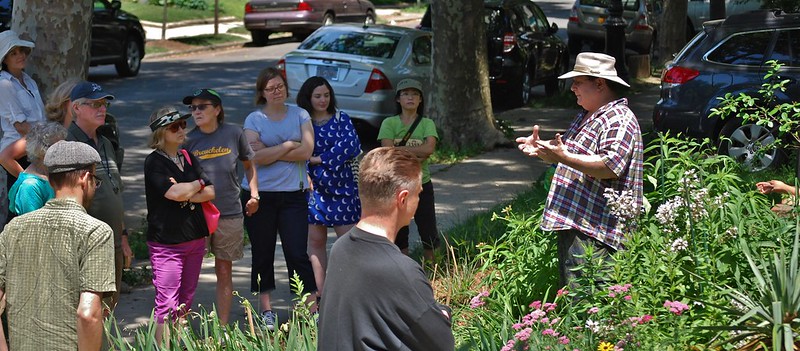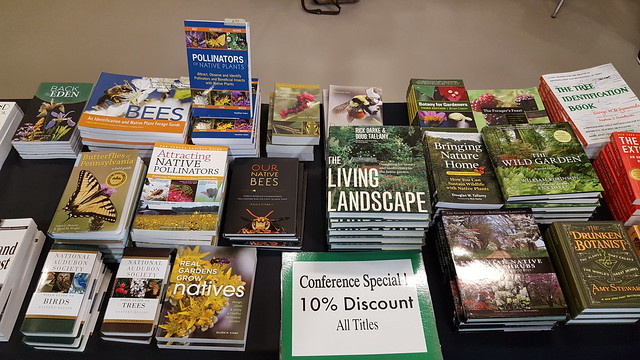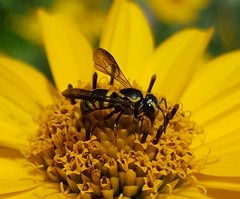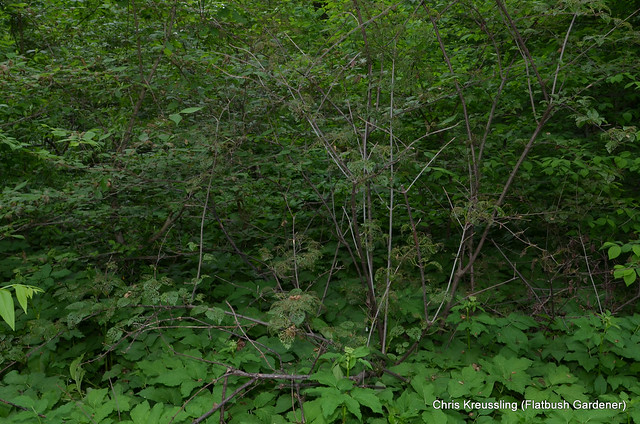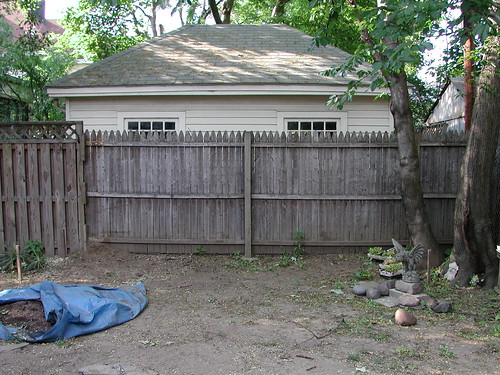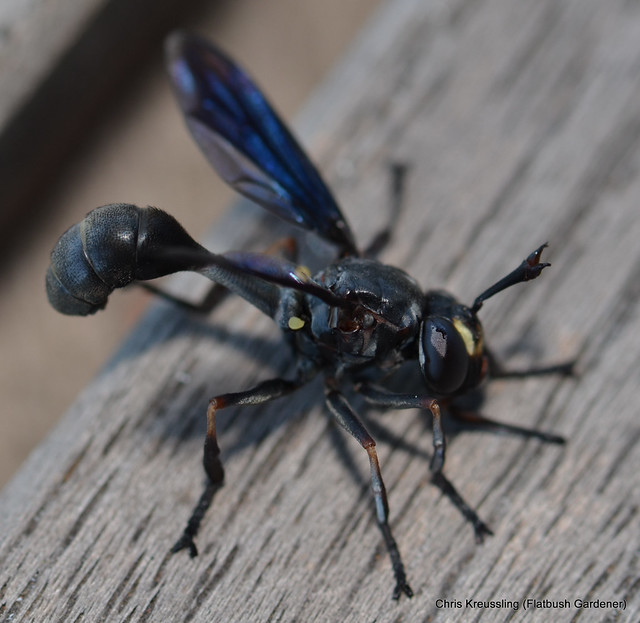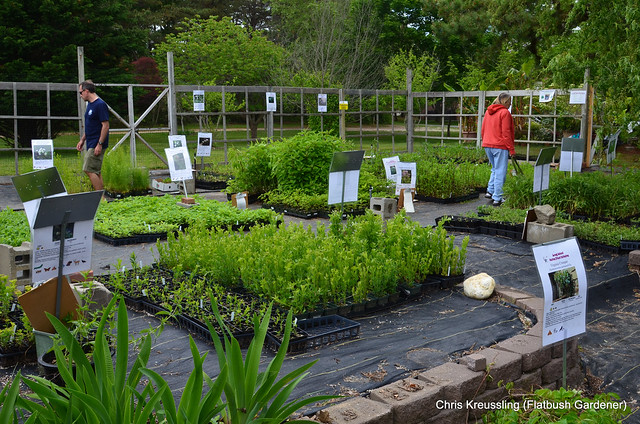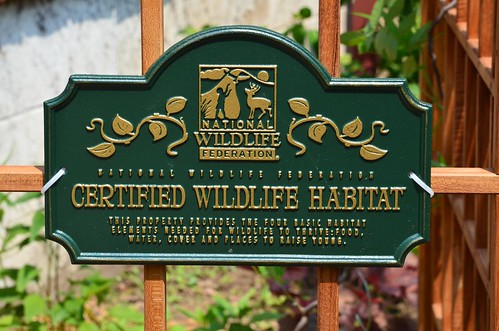Saturday, June 13 was the last open day in 2015 for the
Long Island Native Plant Initiative (LINPI)
Plant Sale. I picked up another 13 species to add to my list, which has already grown this Spring to over 200 species of plants native to eastern North America. We'll see how many of them survive my, um "gardening."
As with all the plants available through LINPI, all are local ecotypes propagated by NYC Parks' Greenbelt Native Plant Center from wild populations on Long Island and Staten Island. It so happens all these species are also native to New York City.
Apocynaceae
(or
Asclepiadaceae, depending on taxonomy)
Asclepias tuberosa, butterfly weed
I bought a 6-pack of these from the LINPI Plant sale two years ago. They are blooming now. I bought a flat (6 x 6-packs = 36 plants) this time. I want to have larger groups of them in several sunny areas to see where they thrive.
Asteraceae
Eupatorium hyssopifolium, hyssop-leaved throughwort, hyssop-leaved boneset
Eupatorium perfoliatum, common boneset, boneset thoroughwort
This species is only found in wetlands (Wetland indicator status OBL/"obligate"), so I'm planting this in and around the garage, for runoff, and planters, where it will benefit from overflow from watering.
Eupatorium serotinum, late-flowering thoroughwort
This was listed incorrectly as
Eutrochium serotinum on LINPI's web site. This is the odd one out for nativity, which is challenged by some, e.g.:
NEWFS.
Solidago nemoralis, gray goldenrod
One of the shade-tolerant goldenrods, I bought a flat of these to plant them all around the house as an experiment to see where/how they fare from sun to shade.
Solidago speciosa, showy goldenrod
Ericaeae
Vaccinum macrocarpon, cranberry
This is one of the species available on-site at the plant sale that wasn't listed on LINPI's web site. I already have two of these, one in each bog planter. I bought a 6-pack as an intentional duplicate. I planted 4 in the two bog planters I have. I need to fill in these planters so the squirrels won't keep digging them out. As an experiment, I planted the other two nearby, alongside the garage, where they'll get runoff from the roof and gutter downspout.
Fabaceae
Chamaecrista fasciculata, prairie senna, partridge pea, partridge sensitive-pea
Lespedeza hirta
Lespedeza virginica
Malvaceae
Hibiscus moscheutos, swamp rosemallow
Another obligate wetland species, I planted this by the side of the garage to benefit from runoff from the roof, and to server as a backdrop for this mixed shrub-perennial bed.
Poaceae
Panicum virgatum, switchgrass
Sorghastrum nutans, indian grass
Tridens flavus, purple top
Rosaceae
Rosa carolina, Carolina rose
Rubiaceae
Cephalanthus occidentalis, buttonbush
Related Content
Links
Long Island Native Plant Initiative (LINPI)
Plant Sale